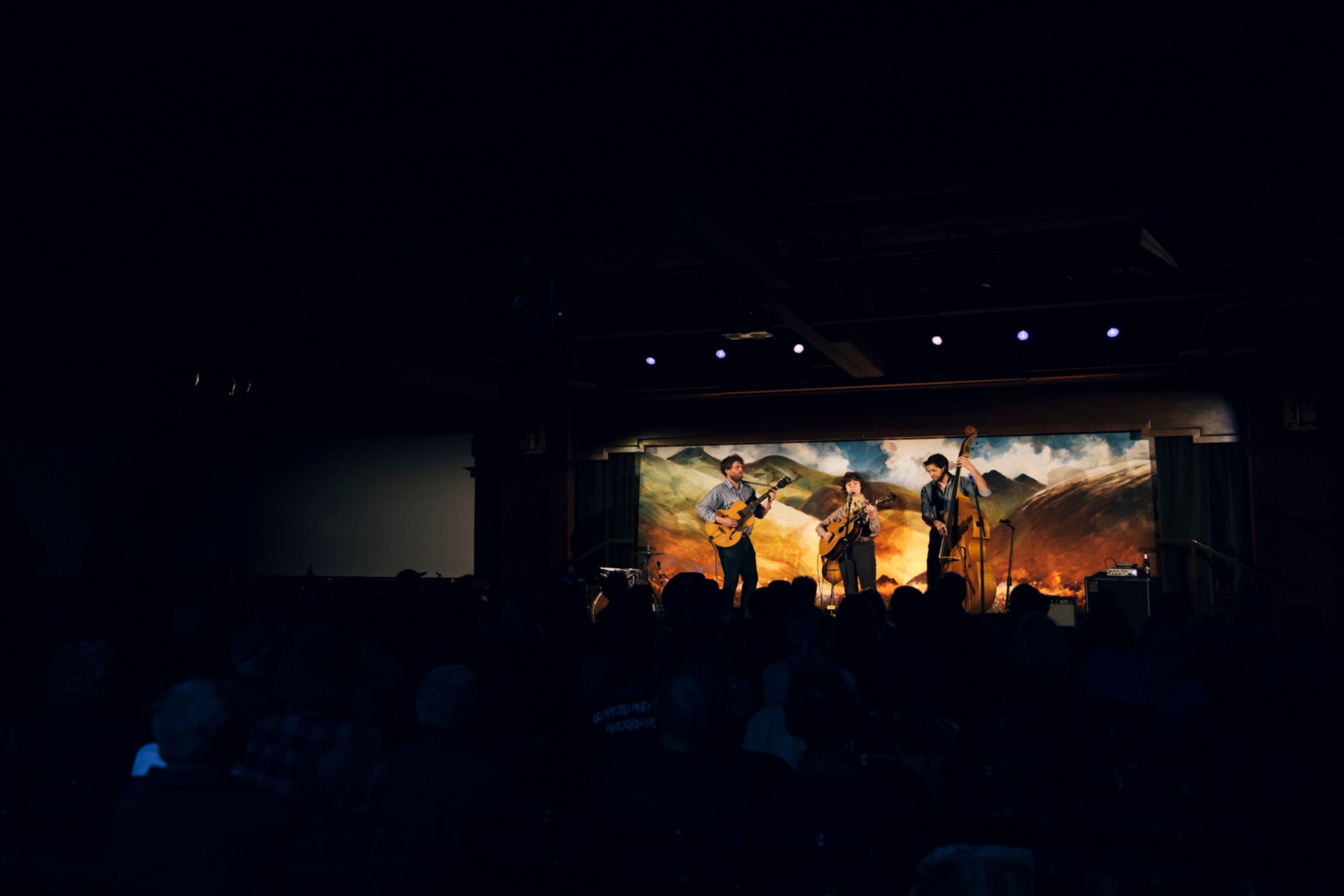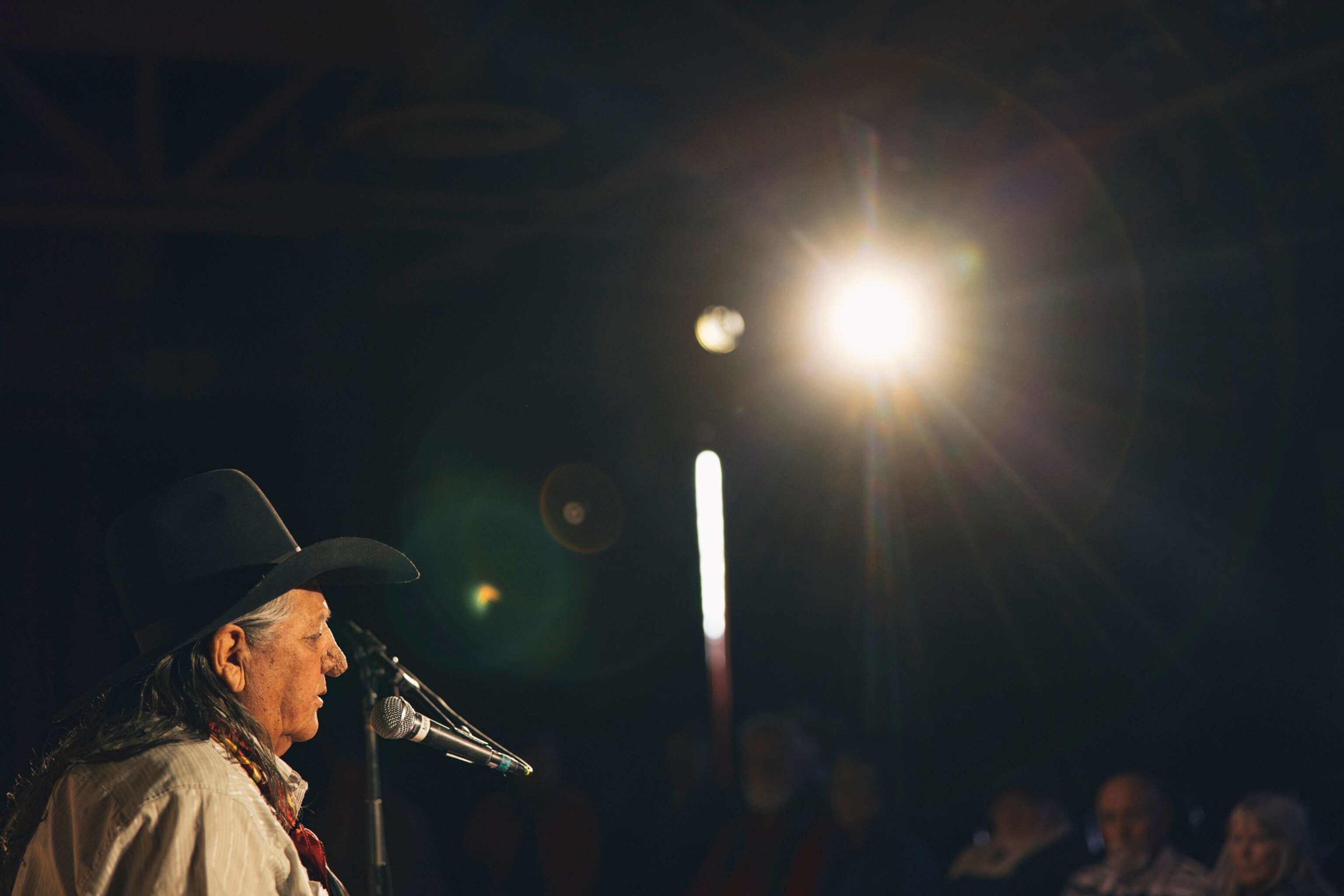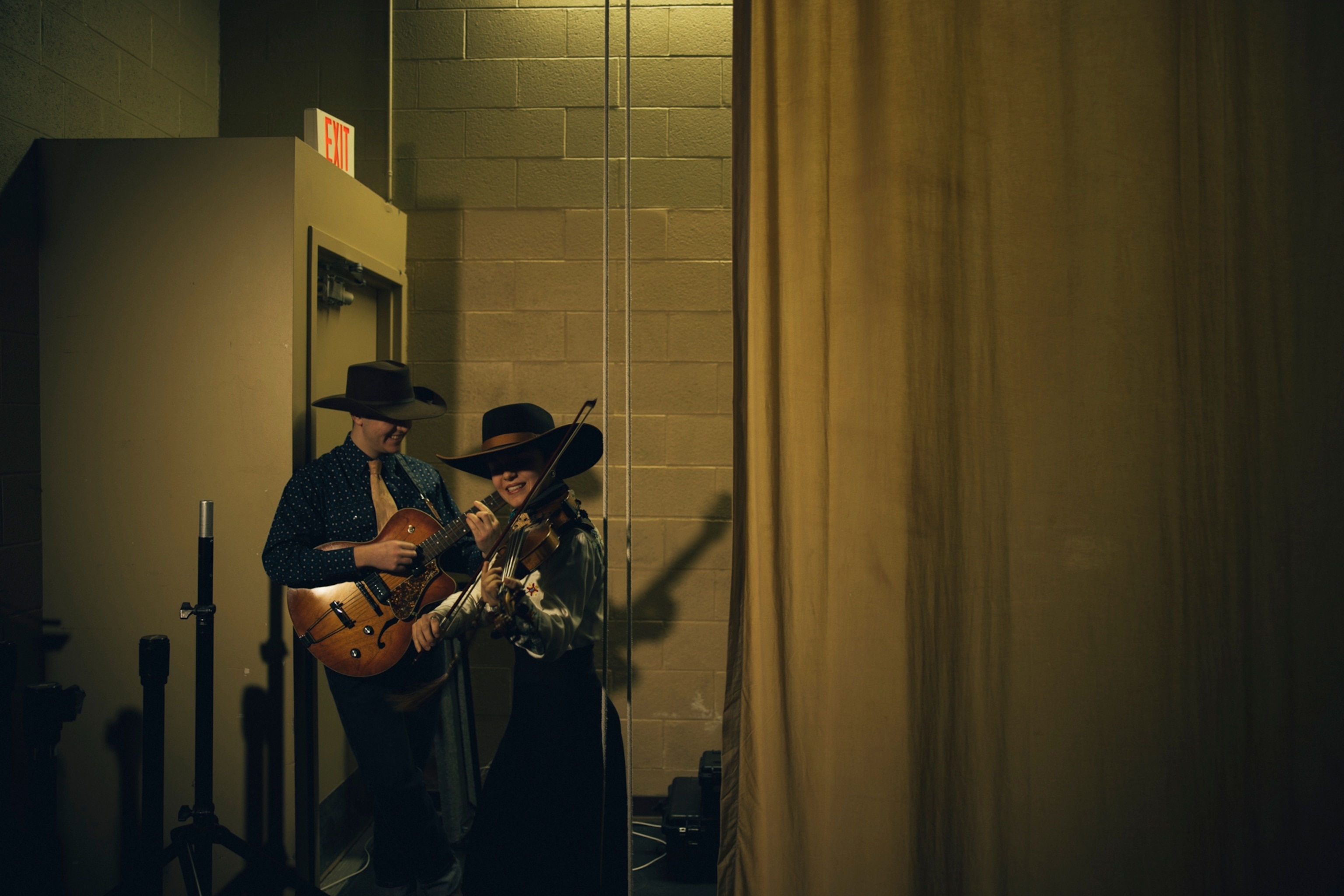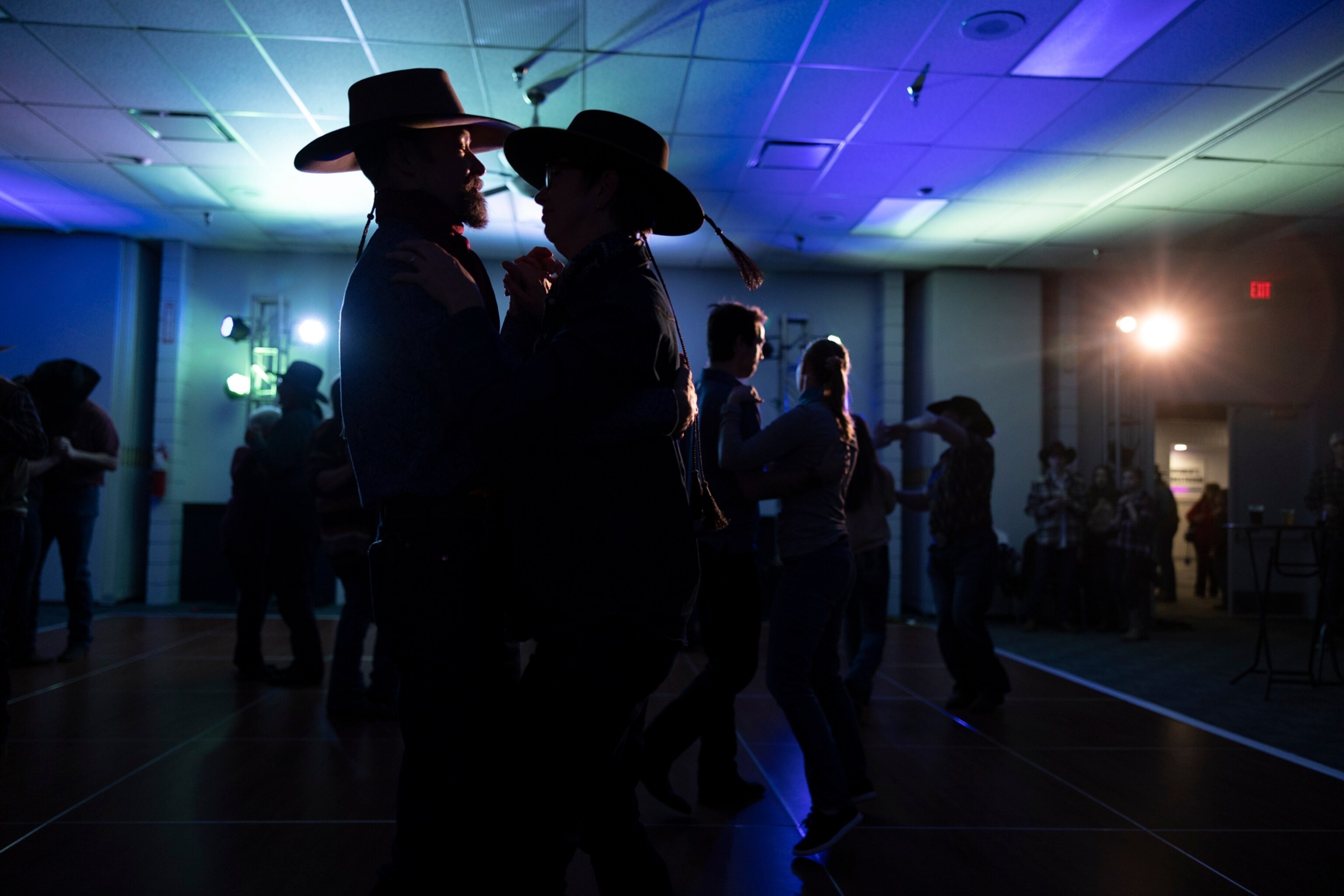Every year the spirit of the American West is awakened in Nevada
Join National Geographic Photographer Josh Cogan as he captures the National Cowboy Poetry Gathering in the small town of Elko, Nevada.

I’m driving down Interstate 80—part of an expansive stretch of land that I’ve crossed since entering Nevada from the Utah border to the east. The landscape promises to be covered in rocky outcrops and flowers in the early spring as the sagebrush sea blooms again, and is now sparkling under a blanket of sugar-white snow. I keep tracing my eyeline at the edges of the valley and then upwards towards 11,000-foot peaks where the clouds meet the ridges of the Ruby Mountains. I’m headed to a gathering amidst this vast landscape that feels wide open, one that will gather folks from all over these vast expanses and beyond. The reason for my journey is to experience the National Cowboy Poetry Gathering, a 38-year tradition that brings together the poets, troubadours and tellers of tales to come in from the ranges and ranches to share stories, sonnets and songs once a year.

Elko, the town that hosts the Gathering, stands against time and the commodification of cowboy culture in a refreshing way. The largest town in northeastern Nevada, Elko, was founded in 1869 with the Transcontinental Railroad and has a storied tradition of cow punching, ranching, and mining. The long traditions of cowboy poetry, through both spoken word and music, are given proper treatment and space here. Occupying every free space in town throughout the week, the attendees that come in by the thousands from all over the country can be distinguished by the beaverskin brims, silk wild rags, belt buckles, and boots all shined up for the week. Those that stand in front of the microphone are deeply connected to the western life, bringing inspiration from the landscapes, ranching, and cattle culture that they will return to at week's end.
To find my way in this sprawling event, I push through the doors of the Western Folklife Center in downtown Elko, the center of programming and learning during the week. I feel the spirit of openness show up as I pass through the saloon into the art gallery and am drawn into conversation with indigenous artist and cowboy James Shoshone, who hails from nearby Owyhee. In his broad-brimmed black hat and open disposition, he quickly gives me the history of native communities, vaqueros, cowboys and buckaroos. “Sometimes I’m an Indian and sometimes I’m a cowboy,” says Shoshone, “but there’s freedom in being identified as both.” He continues: “Me being a native, my heart is always with the earth, in some ways I can identify this to cowboy culture because we are always on this land, we are always on a horse and we are always looking at nature, and that goes back to that concept of freedom because real freedom is out there,” he says referring to the wild lands that surround Elko.
My talk with Shoshone sets my mind working—mostly because we’ve often been told that cowboys and native communities are natural adversaries—but the degree of indigenous connection and participation is made plain as I sit down in the packed auditorium of the convention center the next morning. As the curtain pulls, The Painted Horse play a Pow Wow song to honor Ian Tyson, a famed cowboy and poet who had passed since the last gathering prior to the pandemic. As they finish their performance, National Poet Laureate Joy Harjo, from the Muscogee Nation, speaks directly of the Trail of Tears and the great losses and thefts of this country's original nations. I am struck how this audience seems to be ready to examine and reimagine what being a cowboy means. It feels that the community that has gathered here is broad in it’s identity and collective beliefs, but they have come to listen, to reflect, to hear across boundaries of identity, age, and background.
And as I have this thought, Joy says almost on cue, “We are all involved in this next map, a place where we all belong,” expressing that we all have a part in sustaining these next stories and of living on these lands in different ways. To a degree, this is what poetry and myth are all about.
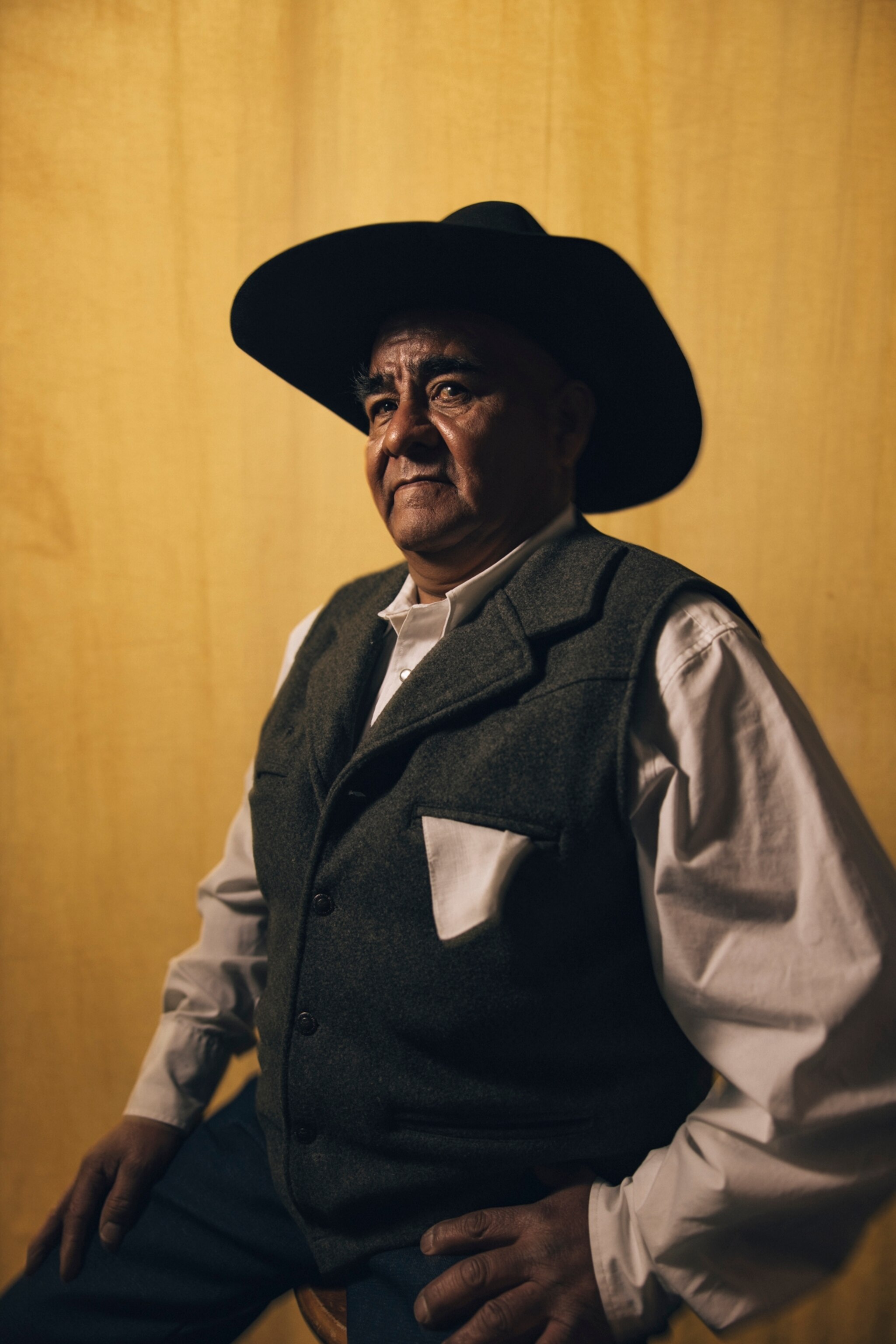
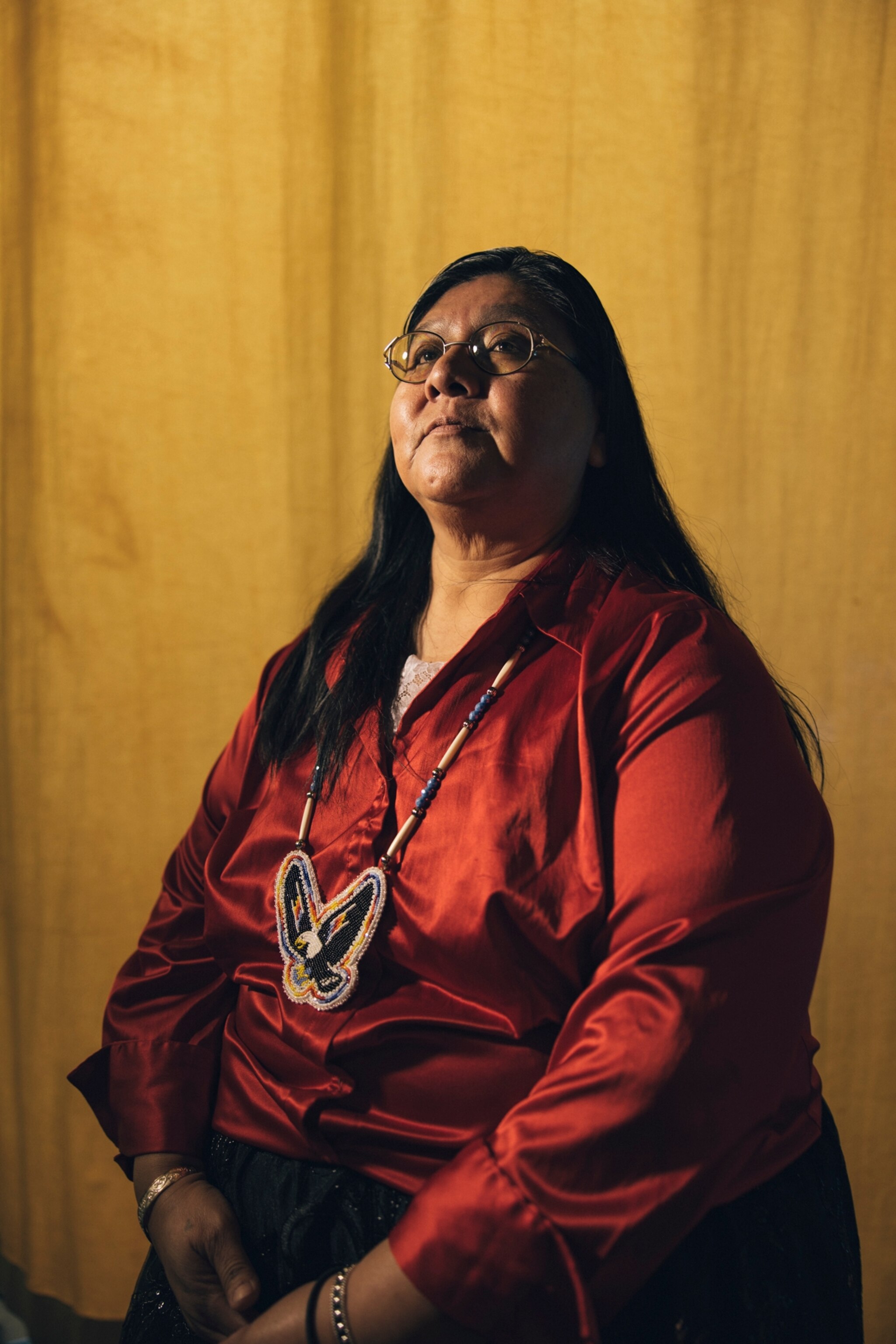
As we are released from the auditorium, there are a wide variety of workshops—from hat making to rawhide braiding—and after attending more than a few of them, I get the drift that just following instincts might work best, or at least the instinct of those that are dressed with the most style. With that rule of thumb, I find myself headed towards “The Star Hotel,” a family-style Basque restaurant and boarding house that opened in 1910 as a home away from home for the Basque herders who worked their way up and down the region’s surrounding mountains for generations. As you walk up, the bright blinking red star atop the saloon doors beckons us in. As we enter, almost every stool is taken, but my friends and I find a space at the beautiful wooden bar to order a Picon Punch, a traditional Basque drink composed of amaro, brandy floater and grenadine. Off in the corner, a young cowboy named Shawn Williams, who drove up from Texas to mix it up at the Gathering, sings a medley of originals and cowboy classics, tapping his boots on the wooden floor as the crowd throws money in his red velvet lined guitar case.
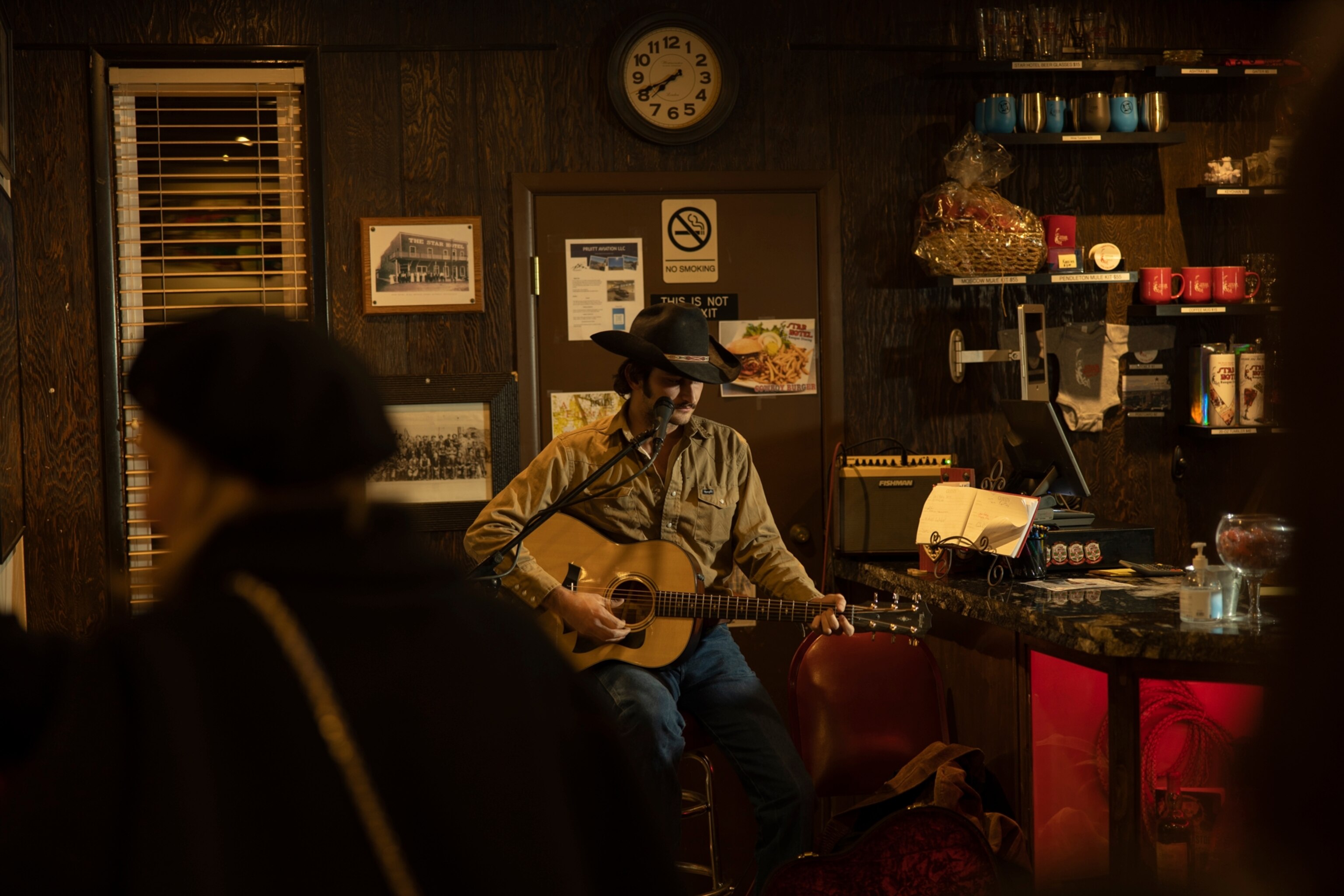
It only takes one drink before we know that food will be needed to balance out the potent punch, so we sit down at one of the family style tables with strangers who advise us on some of the best things to order. Perhaps it is a bit more raucous than some of the other spots in town, no doubt aided by the Picon Punch drinks that the bar is famous for. While it’s easy to stay up late here, Shawn's music reminds me that I have to awake at 4:30 in the morning to take up Tom Barnes, one of the ranchers I had met earlier that day at an event, on his invitation to drive cattle at daybreak the next morning.
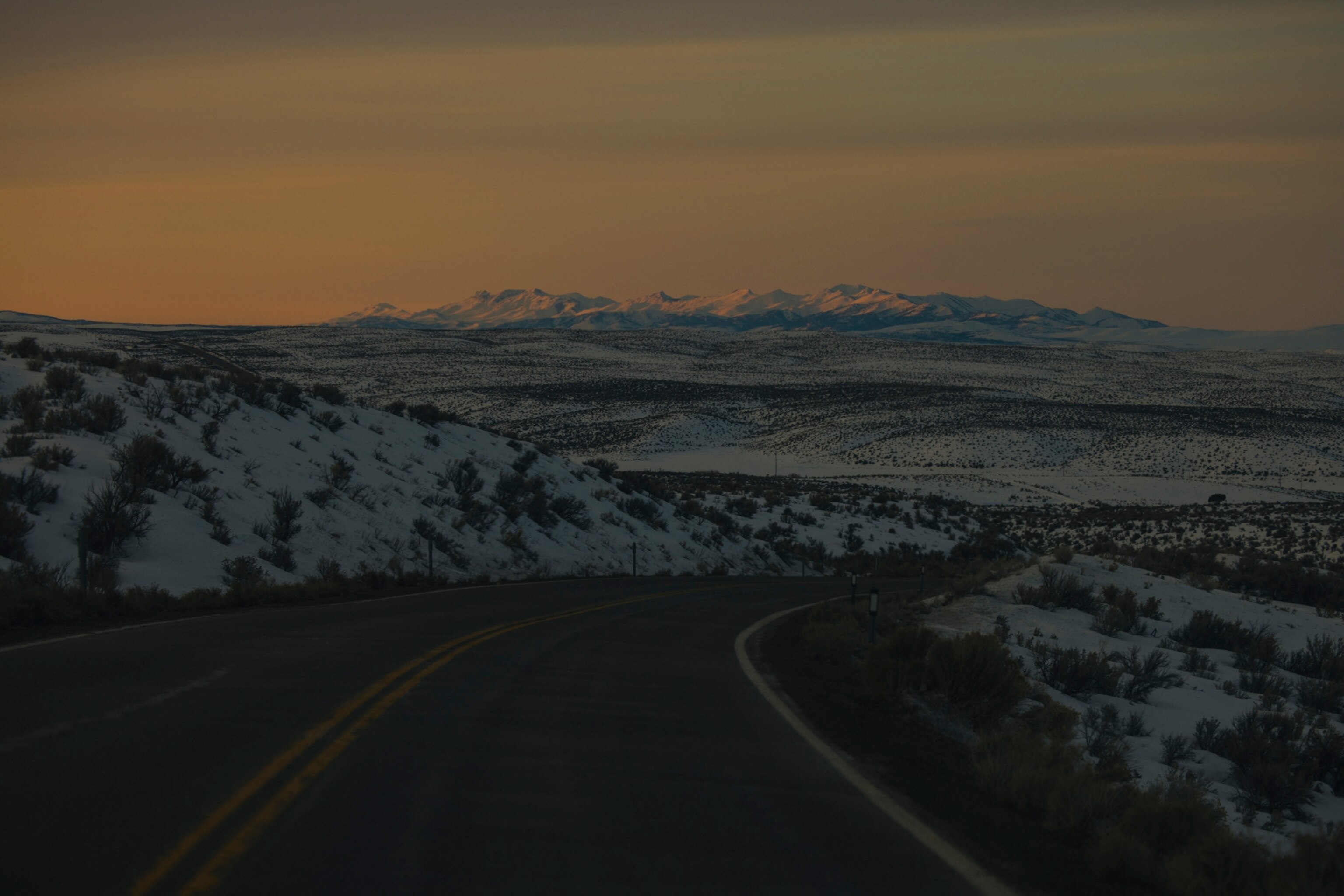
While driving at daybreak, it’s hard not to pull over more than once to photograph the beautiful fog inversion catching the pink and rose hues as the sun rises behind the mountains in the Lamoille Valley. Despite the awe-inspiring daybreak, I manage to make it to Tom’s ranch at the end of the valley road just as he and his son are choosing their horses and saddling them up for the day's work. This fifth-generation ranch feels as if it is at the edge of the world, and still has so many original structures and horse pens made of old sage and juniper that there is a sense of having taken a portal through time. It’s crisp and cold here this morning, but the dry air makes it easy to stay warm. As we set out to one of the lower pastures, the family aided by their cattle dogs, work seamlessly as a unit, moving the horses through the fresh snow to surround the cows and push them up into the sorting pens. It’s slow and tedious work, but elegant to behold. Pouring me a coffee afterwards, Tom tells me about the lessons learned from the land and life out in these places. “It teaches you how to be part of something, and feel a part of something, you actually have ties to the ground and land when you put your blood, sweat and tears in it, so it’s more than just a place to live and work; you are bonded to it, you have emotional ties to it.”
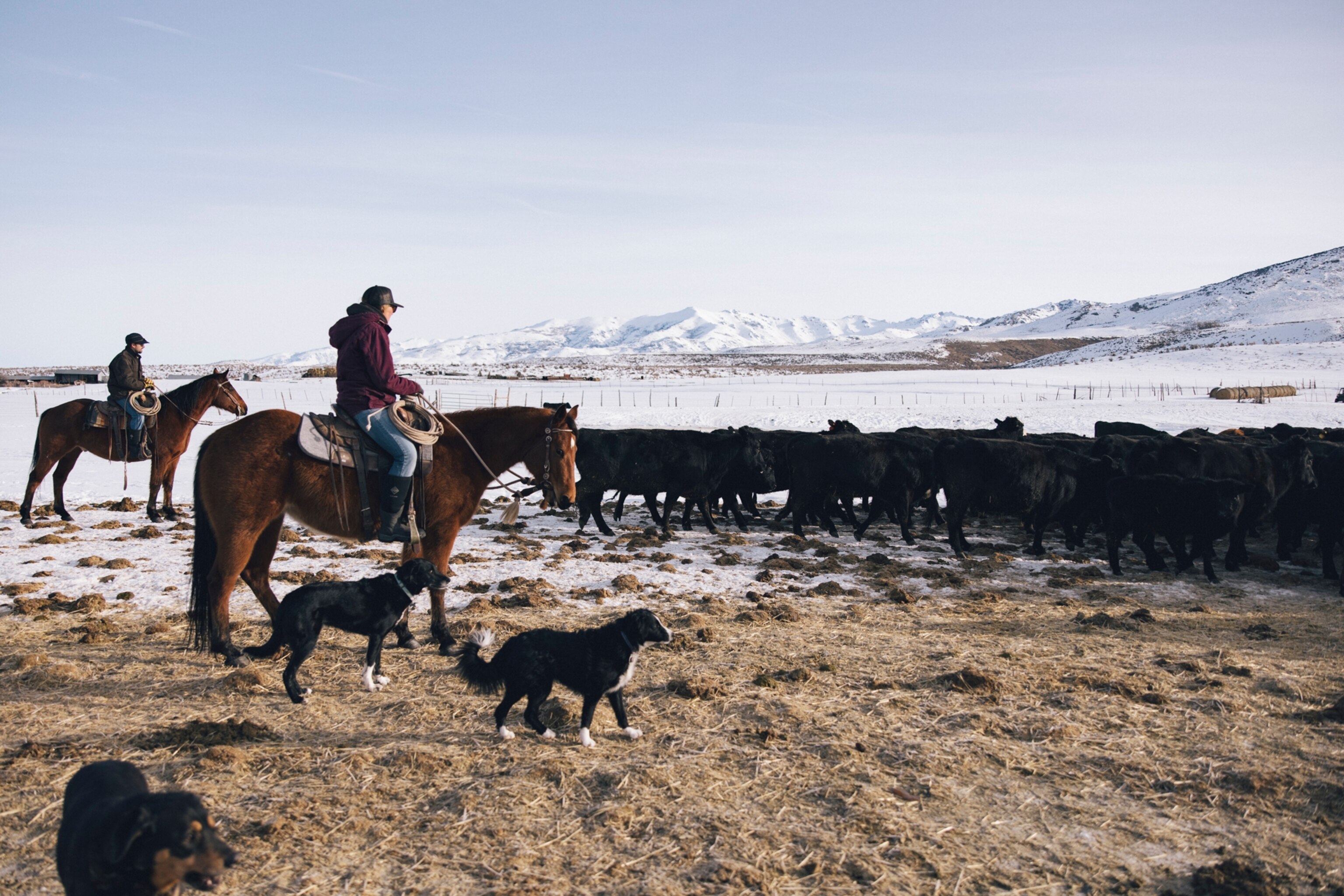
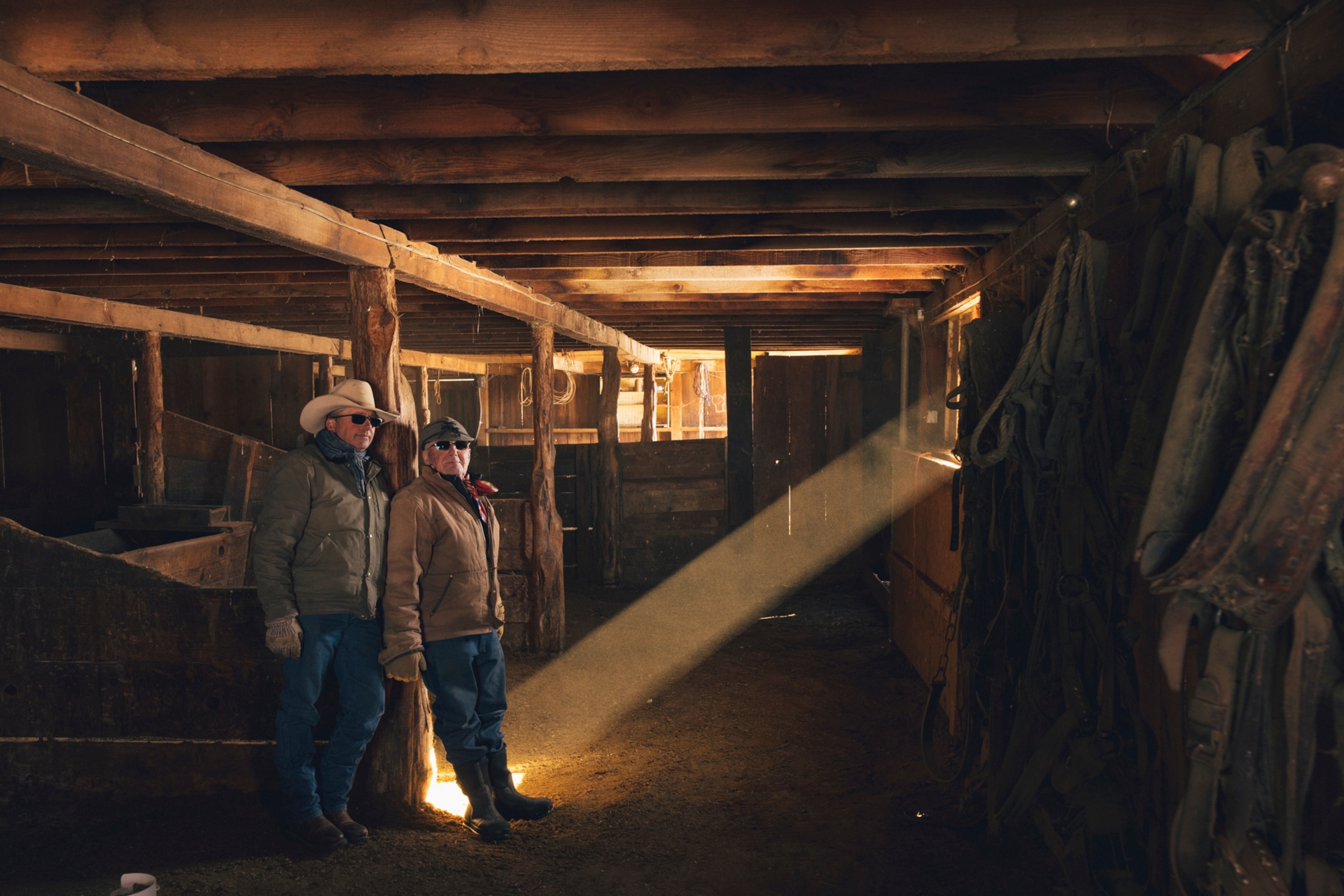
I’m reminded of that truth sitting backstage in the green room later that evening in the Western Folklife Center, as Avery Hellman and Margo Cilker tune their instruments and warm up for the “Songs for a New West'' showcase, an event that gives the spotlight to young talent permeating the alt-country scene in the west. The bright lights of the makeup mirrors silhouette the band members as they share stories and songs about their life back home with each other, but it’s when they go on stage and you see them sharing their beautiful harmonies about the wild lands that stretch in all directions, the experiences of living upon it, and the endless adventures possible from this place… that you realize that cowgirls and cowboys are such an iconic cornerstone of American identity, that it's quite possible they will inspire us forever. The places that such distilled expressions of these touchstones of American Culture can only be found in places that have left enough space for them to persist. What you see here, in places like Elko and the surrounding lands, is that cowboys, ranchers, and poets need space. They need to wander and they need to find new ways. They are travelers of myth, of mountain, and of living memory. Nevada is a place where they have found that and continue to do so.
